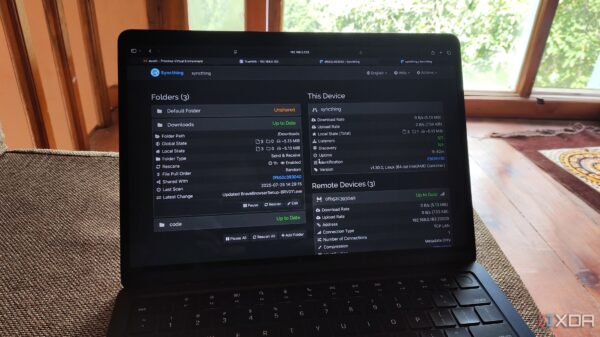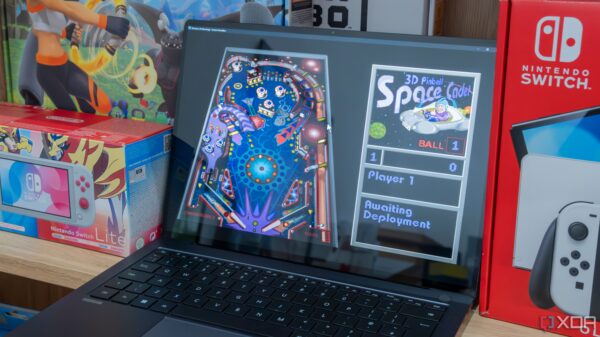UPDATE: Valve has just announced the launch of its highly anticipated Steam Frame, a new Virtual Reality (VR) headset powered by the Qualcomm Snapdragon 8 Gen 3. This cutting-edge device is set to transform the gaming landscape, enabling users to play their Steam library in ways never seen before.
The Steam Frame, often referred to as the long-rumored “Deckard,” promises to allow gamers to experience Windows games directly on a non-native operating system thanks to an innovative Arm translation layer called FEX. This development could significantly broaden access to PC gaming on mobile devices, with Valve confirming that FEX translates x86 programs into Arm-compatible code, facilitating a seamless gaming experience.
According to Valve engineers, FEX adds a 10-20% overhead when running x86 games, a figure comparable to the overhead introduced by Proton on the Steam Deck. This revelation raises expectations for performance, especially given the powerful capabilities of the Snapdragon 8 Gen 3.
Why This Matters NOW: The Steam Frame’s ability to run both x86 and Android games on a Linux desktop marks a historic moment for gamers. For the first time, players will have access to a vast library of titles across platforms, enhancing the overall gaming experience and expanding the market for VR gaming.
Initial tests have shown promising results with FEX, which has been in development for several years. Reports indicate that several hundred games have already been tested, hinting at a substantial library ready for the Steam Frame’s launch. However, while early results show some limitations, the excitement surrounding this technology is palpable.
As gamers eagerly await the official release, expected in January 2024, hands-on reports from recent events suggest that Valve is closer than ever to delivering a user-friendly experience. A notable example includes tests conducted on a Radxa Orion O6 with an AMD RX570, where titles like DOOM 2016 ran at 60 FPS and Portal 2 exceeded 100 FPS.
The development of FEX is particularly noteworthy as it’s driven by the same developers behind the acclaimed Dolphin emulator. This expertise promises to optimize the performance of x86 games on Arm hardware, enhancing the likelihood that the Steam Frame will deliver an engaging VR experience.
Despite challenges encountered during testing, the future of the Steam Frame looks bright. Valve’s commitment to ensuring a high-quality user experience suggests that the final product will meet the high standards set by its predecessors, such as the Steam Index headset.
Stay tuned for more updates as Valve prepares to redefine gaming with the Steam Frame. The anticipation is building, and gamers around the world are on the edge of their seats, eager to dive into a new era of gaming possibilities.
This is a developing story, and we will continue to provide updates as more information becomes available.








































































